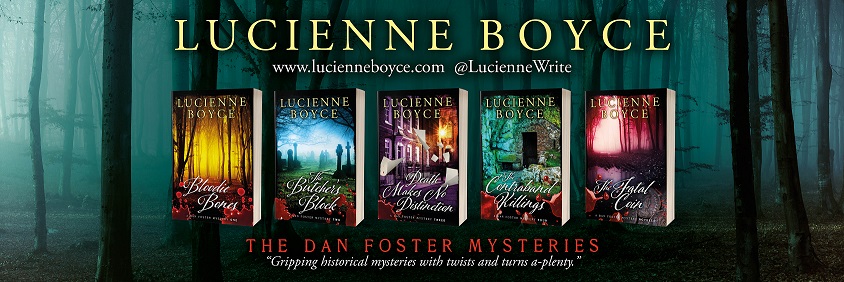Today’s
guests were Bristol crime thriller writer Helen Abbott (who writes as A A
Abbott) and Alistair Sims, owner of the independent book shop, Books on the Hill
in Clevedon, who talked about dyslexia-friendly books for adults.
Helen
has recently published two of her crime thrillers in dyslexia-friendly formats –
The Bride’s Trail and The Vodka Trail. Helen explained that 10% of us have
dyslexia and yet up until now no one has published dyslexia-friendly books for
adults.
Helen
was inspired to produce her novels in a dyslexia-friendly format by Alistair Sims,
who is himself dyslexic. People travel from miles around to buy
dyslexia-friendly books for children and young adults from Books on the Hill, and
Alistair is keen to see them printed for adults too. He’s also able to advise
adult dyslexic readers and parents of dyslexic children on finding suitable reading
material. In fact, whether you’re dyslexic or not, Alistair is happy to provide
reading recommendations whatever your preferred genre – from fantasy to historical
fiction to the classics…
And
dyslexia is no barrier to becoming a writer! Alistair is about to publish a collection
of dark fantasy short stories. Other famous writing dyslexics include Jules
Verne, Lewis Carroll and Octavia Estelle Butler. Actors Henry Winkler and
Anthony Hopkins are also dyslexic, as was Picasso – and Einstein.
As
for what makes a dyslexia-friendly book, font design, font size, and the colour of
the paper make a big difference, but so too does sentence structure. It does
seem, however, that it is not difficult to produce dyslexia-friendly books, so perhaps
it’s something in which independent authors like Helen can lead the way.
If
you’d like to know what makes a dyslexia-friendly book, the British Dyslexia Association
has produced a Style Guide, which also includes information on making websites
accessible. You can find the Style Guide here.
Incidentally,
I featured the music of The Kinks today – as I’m off to see Sunny Afternoon,
the award-winning show about The Kinks’ rise to fame, soon – it’s on at the Bristol Hippodrome, 7 to 11 March!
You
can find out more about A A Abbott and her addictive crime thrillers on her website here.
Books on the Hill in Clevedon's website is here
(and if you are dyslexic or have a query about dyslexia you can get in touch with Alistair through the website).
For
more information on dyslexia see the British Dyslexia Association’s website
You can
listen to a podcast of the show here (10 am to 11 am):-
Silver
Sound is broadcast by BCfm Radio 93.2 fm between 10 am and mid day on Thursdays and
Fridays. I’ll be back on the show on 31 March 2017 with another fabulous guest!



Comments
Post a Comment